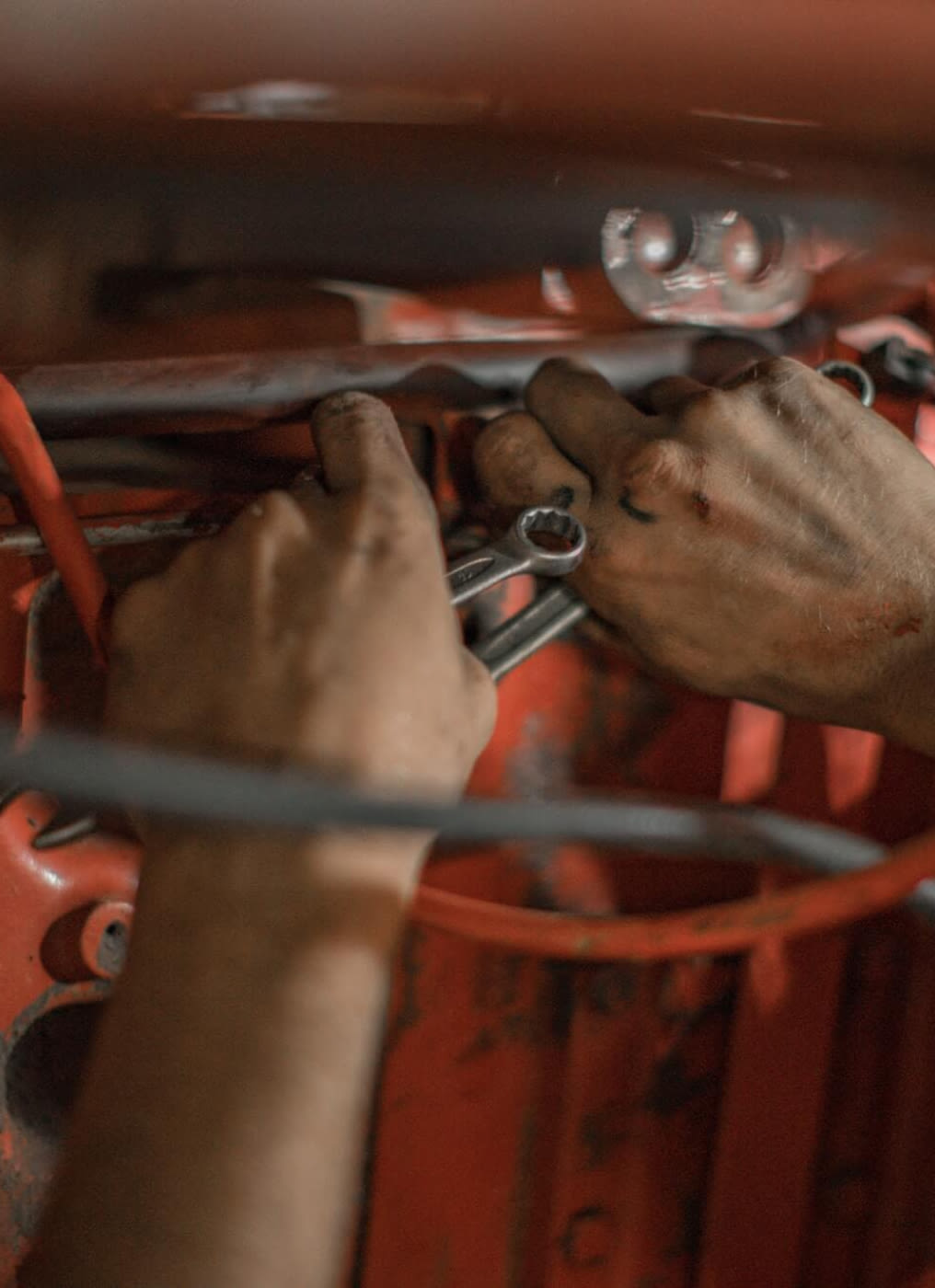Government policy can have a major impact on the way that companies and citizens behave, and the choices they make. Using a wide variety of policy instruments – like circular public procurement and product labelling policies – governments can inform, incentivise and develop the market for circular products, services, and systems.
To illustrate how different policy approaches are helping circular economycircular economyA systems solution framework that tackles global challenges like climate change, biodiversity loss, waste, and pollution. It is based on three principles, driven by design: eliminate waste and pollution, circulate products and materials (at their highest value), and regenerate nature. solutions to scale around the world, we created a series of six case studies. We spoke to governments, businesses, NGOs and academics, and we identified three key lessons learned by governments in the process.
Three shared lessons learned by governments
In these examples, governments are using different types of policies to address different environmental, social and economic issues. However, we can observe some common challenges and lessons learned in the process of developing and implementing these policies.

SHARED LESSONS LEARNED
1. Highlighting the multiple societal outcomes that circular economy aligned policies can deliver
The circular economy is a systems solutions framework that can help address multiple policy priorities, such as meeting climate and development goals. Explicitly highlighting these connections can build long-term support for the implementation and measurement of circular economy policies.
Chile’s latest Nationally Determined Contribution towards achieving the goals of the Paris Agreement includes specific actions to create a circular economy roadmap and come up with metrics to measure progress. Including the circular economy roadmap as a key part of delivering Chile’s climate commitments helps to secure the circular economy roadmap and ensure its implementation beyond election cycles and political changes.
Farmers in Andhra Pradesh have among the highest rates of indebtedness in India, making poverty alleviation a priority for the state. The Government of Andhra Pradesh has since 2000 promoted agroecology as a means to escape the debt cycle, by removing the need for expensive pesticides and fertilisers. Through its Natural Farming training programme, it also engages with villages to diversify diets and ensure access to public health and nutrition services.
As part of its Anti-Waste Law, the French government is creating a fund of more than €50m each year from EPR schemes, which will foster the creation of 70,000 jobs in reuse networks. It is also encouraging the donation of unsold goods such as clothing and hygiene products to charitable organisations. In this way, France is promoting circular solutions that can support people living in precarious conditions.

SHARED LESSONS LEARNED
2. Working with industry to review existing legislation and inform future policy
The circular economy transition requires the ability to respond and adapt according to new information, innovations, and technical breakthroughs. These policy examples incorporate mechanisms to work with the private sector to gather feedback, allowing policymakers to review performance and adapt the policy as necessary. Building in these feedback loops helps to ensure wider acceptance and support for the policy, and allows it to become more ambitious over time.
The European Commission created its ‘Innovation Deals’ mechanism to work directly with relevant industry players to identify where legislation could create barriers to private sector innovation, and come up with solutions to overcome them.
China’s Regulation on Scrapped Vehicles used to allow companies to only recover raw materials like metal from used cars and vehicle parts. In 2019, following industry feedback, China revised the regulation. It now allows all five major parts of a vehicle (the engine, steering gearbox, transmission, frame, and axles) to be sold directly to qualified remanufacturing enterprises.
Japan’s disclosure and engagement guidance is encouraging companies to report their circular economy activities, helping to gather information that can be used to inform future policy developments.

SHARED LESSONS LEARNED
3. Involving expert third parties for an independent and critical perspective
Independent third parties, such as academic institutions, consultancies and NGOs, can provide an important outside perspective in the development of policies. This helps to ensure policies are fact-based and credible, and that the interests of all concerned stakeholders are represented.
In Japan, two government ministries led the development of the disclosure and engagement guidance, with input from the Financial Services Agency and a study group composed of companies, financial institutions, research institutions and academics. Bringing in independent experts, along with aligning with internationally recognised frameworks such as the Task Force on Climate-related Financial Disclosures (TCFD), help the credibility and future uptake of the guidance.
In its early days, the Government of Andhra Pradesh’s farmer training programme was criticised for a lack of scientific evidence on the benefits of Natural Farming approaches. To address this, the government partnered with several universities to carry out independent studies on the impacts of Natural Farming on soil health, crop yields, farmer incomes, biodiversity, and nutrition.
While developing Chile’s circular economy roadmap, involving civil society was crucial to ensure social impacts were considered in the action plan. For example, without the advocacy of the NGO Fundación Basura, the target to recover 90% of land affected by illegal landfill sites by 2040 - and in doing so improve the living conditions of people living nearby - would not have been included.
Photo by APCNF communications team on Twitter
Summary
While governments will use a range of policies to advance the circular economy, many challenges and lessons learned from developing and implementing such policies are common across countries and sectors. Lessons from these case studies show the collaboration and adaptability that is needed, as well as the importance of focusing on a range of societal needs that the circular economy can help to solve, including economic development. The case studies can therefore have relevance internationally as ever more policymakers around the world work to catalyse a society-wide shift to a circular economy.




